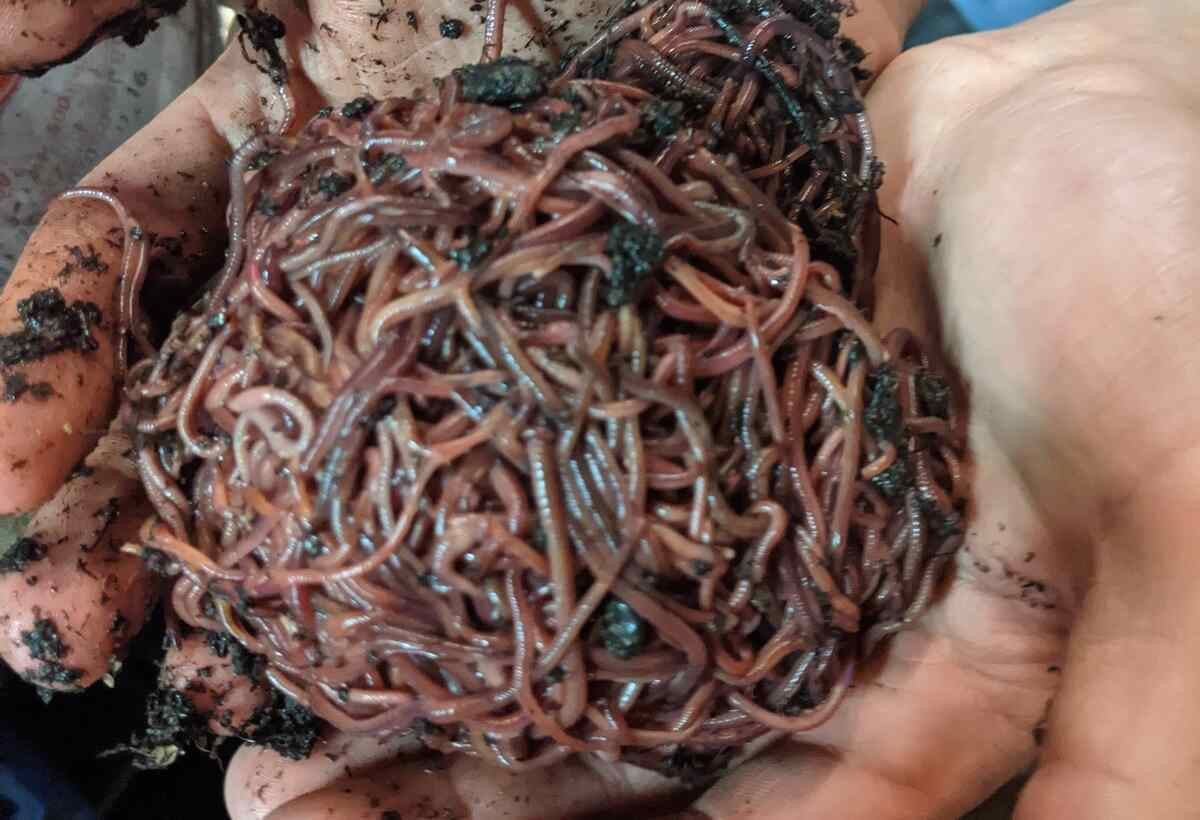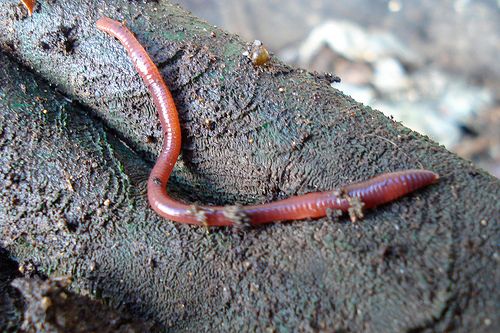The Incredible Globe of Red Wigglers: Boost Your Soil Fertility Today
These tiny yet efficient microorganisms change organic waste right into valuable worm castings, dramatically enhancing dirt health and promoting lasting practices. As we check out the advantages of vermicomposting and the practical actions to develop an effective worm container, the possible impact of these worms on your gardening success ends up being increasingly apparent.
Comprehending Red Wigglers
Red wigglers, medically known as Eisenia fetida, are a types of earthworm that play an essential function in improving dirt fertility. These worms grow in organic-rich environments, such as compost heap and rotting plant product, where they eat natural waste and excrete nutrient-dense castings. Their distinct composition, including a fractional body and a clitellum, enables them to duplicate swiftly and efficiently process large amounts of raw material.

The ecological significance of red wigglers expands beyond mere waste handling; they contribute to the dirt food web, fostering a varied community of microbes that additionally enhance dirt health and wellness. Understanding the biology and habits of red wigglers is necessary for utilizing their complete capacity in lasting agriculture and horticulture methods.
Advantages of Vermicomposting
The visibility of worm spreadings boosts dirt appearance, permitting for far better water retention and drainage. Red wigglers help break down organic matter, accelerating decomposition and recycling nutrients back into the dirt.
Vermicomposting additionally fosters microbial task, which is essential for a healthy and balanced dirt community. Beneficial bacteria flourish in the existence of worm castings, aiding in the breakdown of organic products and boosting nutrition accessibility to plants.
Finally, vermicomposting functions as an effective waste management solution, reducing land fill waste by reusing cooking area scraps and various other organic materials. This not just adds to environmental sustainability but additionally advertises a circular economy within horticulture and farming.
How to Establish a Worm Container
Establishing a worm bin is an uncomplicated process that can considerably enhance your composting initiatives. Begin by choosing an appropriate container, which can vary from a commercially available worm container to an easy plastic or wooden box (Red Wiggler Express). Make certain the container has appropriate ventilation; tiny holes in the cover and sides will facilitate air flow
Next, develop a bedding layer to give a comfortable setting for the red wigglers. This can be made from shredded newspaper, cardboard, or coconut coir, dampened to a moist, sponge-like uniformity. Fill up the container to about one-third complete with this bed linen product.
Once the bed linens is prepared, it's time to introduce the worms. Red wigglers grow in organic waste, so location them gently onto the bed linen. Cover the worms with a light layer of additional bed linen to aid them accustom.
Feeding Your Red Wigglers
Providing the ideal food for your red wigglers is vital for their health and wellness and the performance of your composting system. Red wigglers flourish on a different diet regimen, mainly containing organic materials such as vegetables and fruit scraps, coffee premises, and shredded paper. These products not only supply essential nutrients however likewise add to the microbial activity in the worm bin, which is critical for the worms' digestion.
It is crucial to stay clear of certain foods, such as milk items, oils, and meats, as these can bring in bugs and create undesirable smells. Furthermore, citrus peels and excessively spicy foods ought to be restricted as a result of their potential to harm the worms. A balanced technique to feeding entails keeping track of the amount moved here of food presented to the container, ensuring that it is consumed within a sensible timespan to avoid excess waste build-up.
To advertise optimum food digestion, it is advantageous to slice or shred larger food products prior to adding them to the bin. This method boosts the area for microbial activity, promoting quicker decomposition and enhancing the overall effectiveness of your composting system. Consistently observing the worms' feeding habits will certainly aid you readjust their diet as required.
Utilizing Worm Castings in Your Garden

To maximize the advantages, aim to use roughly one component worm castings to 3 parts dirt in your planting beds. Normal applications can result in boosted plant yields and much healthier plants, making worm spreadings a very useful resource for both amateur and seasoned gardeners alike. By using this all-natural change, you can grow a flourishing garden while adding to lasting gardening techniques.
Conclusion
In final thought, red wigglers exhibit the essential role of vermicomposting in enhancing soil fertility. Their capability to convert natural waste right into nutrient-rich spreadings dramatically improves dirt framework and sustains microbial variety.
Comments on “Keep Your Lawn Green and Healthy with Expert Tips from Lake Hickory Bait”